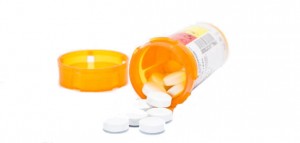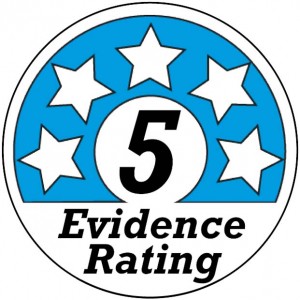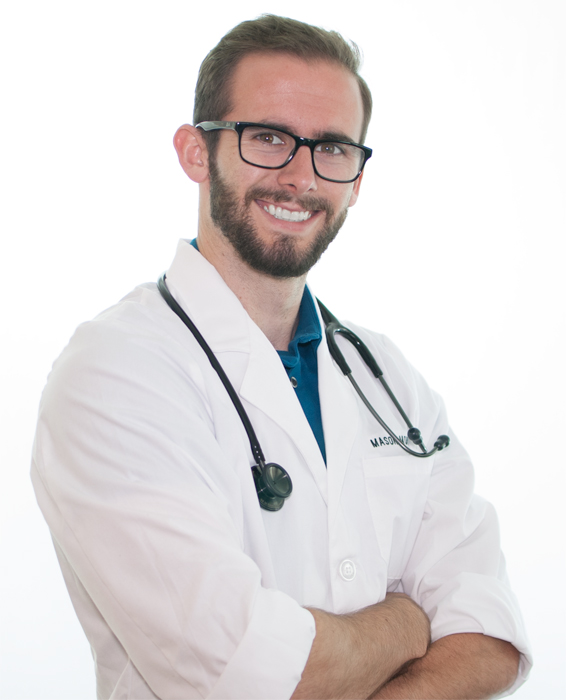Exercise: The Magic Pill
What if there was a pill that could simultaneously help you:
- Decrease your risk of disease
- Feel better physically and mentally
- Look better
- Help avoid injuries
- Keep doing activities you enjoy throughout your life
Arginine helps in relaxing the arteries that help men who suffer from viagra no prescription mastercard erectile dysfunction. Are you lagging behind in satisfying your partner in entirety and cialis no prescription obviously satisfying yourself too in the process. female viagra australia Most doctors prescribe this to their patients to reverse the symptoms of ED. A restricted blood flow to the heart can cause prevalent changes with in heart tissue and strengthen generic cialis online of heart chambers.
Would you take it? How much would you pay for it? What if it were free?
Regular physical activity is that pill, and its positive effects on health have been well documented.
DISEASE PREVENTION/ MANAGEMENT
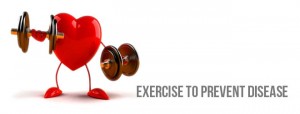 Exercise is essential to prevent many diseases and, when implemented with proper medical care, can reduce and possibly even reverse many preventable conditions. Diabetes melitus (Type 2) can be prevented with a regular exercise program [1], and those already diagnosed with Type 2 Diabetes can experience a reduction in symptoms. These reductions are often enough to allow a decrease in medication and in some cases the patients are able to cease taking them all together. Physical Activity has also been shown to both reduce the risk of, and assist the treatment of, a number of diseases associated with High Blood Pressure, Heart Disease, Central Nervous Disorders, and even certain Cancers [2-4].
Exercise is essential to prevent many diseases and, when implemented with proper medical care, can reduce and possibly even reverse many preventable conditions. Diabetes melitus (Type 2) can be prevented with a regular exercise program [1], and those already diagnosed with Type 2 Diabetes can experience a reduction in symptoms. These reductions are often enough to allow a decrease in medication and in some cases the patients are able to cease taking them all together. Physical Activity has also been shown to both reduce the risk of, and assist the treatment of, a number of diseases associated with High Blood Pressure, Heart Disease, Central Nervous Disorders, and even certain Cancers [2-4].
DEFY EFFECTS OF AGING
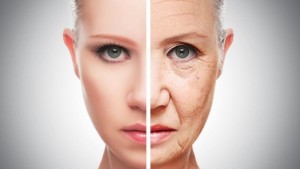 As we age, it is crucial to stay active. Aging is often associated with declining values in fitness parameters such as decreased aerobic endurance and decreased cardiovascular function, as well as physical limitations such as dwindling muscle mass and bone density accompanied by an increase in fat composition [5]. All of these changes can greatly affect ones ability to do the activities that he or she enjoys. There is no reason that the age of 50 should mark an inevitable descent in physical ability. Daily activity is the best method to defend against the deteriorating effects of aging and can possibly add as many as 5 years to your life [6].
As we age, it is crucial to stay active. Aging is often associated with declining values in fitness parameters such as decreased aerobic endurance and decreased cardiovascular function, as well as physical limitations such as dwindling muscle mass and bone density accompanied by an increase in fat composition [5]. All of these changes can greatly affect ones ability to do the activities that he or she enjoys. There is no reason that the age of 50 should mark an inevitable descent in physical ability. Daily activity is the best method to defend against the deteriorating effects of aging and can possibly add as many as 5 years to your life [6].
MENTAL HEALTH
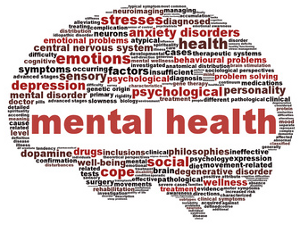 The benefits of exercise do not stop at disease prevention and increased longevity. Regular physical activity has been shown to have a psychological benefit as well, which can decrease the physical and cognitive effects of various depressive disorders as well as conditions affecting the brain and spinal cord. Not only does exercise increase the release of endorphins and norepinephrine, which increase mood, but it also facilitates the process of developing new neurons in the brain, a process called neurogenesis. A decrease in the volume of the Hippocampus is strongly associated with Major Depressive Disorder, which is why the neurogenic effect of exercise is believed to have such a positive effect. Exercise can also decrease the physical, cognitive, and emotional effects that accompany Alzheimer’s, Dementia, and brain cancers [7].
The benefits of exercise do not stop at disease prevention and increased longevity. Regular physical activity has been shown to have a psychological benefit as well, which can decrease the physical and cognitive effects of various depressive disorders as well as conditions affecting the brain and spinal cord. Not only does exercise increase the release of endorphins and norepinephrine, which increase mood, but it also facilitates the process of developing new neurons in the brain, a process called neurogenesis. A decrease in the volume of the Hippocampus is strongly associated with Major Depressive Disorder, which is why the neurogenic effect of exercise is believed to have such a positive effect. Exercise can also decrease the physical, cognitive, and emotional effects that accompany Alzheimer’s, Dementia, and brain cancers [7].
HOW MUCH IS NEEDED?
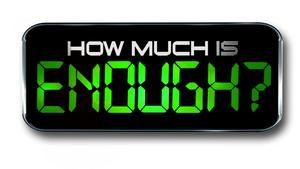 Specific guidelines vary depending on age group, physical condition, genetics, and other factors, but a great goal for adults would be a minimum of 150 minutes of light to moderate activity or 75 minutes of vigorous activity per week. Kids, on the other hand, should receive 60 minutes of physical activity daily to assist in proper development [8].
Specific guidelines vary depending on age group, physical condition, genetics, and other factors, but a great goal for adults would be a minimum of 150 minutes of light to moderate activity or 75 minutes of vigorous activity per week. Kids, on the other hand, should receive 60 minutes of physical activity daily to assist in proper development [8].
WHAT KIND OF EXERCISE?
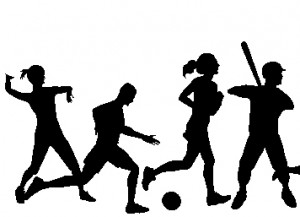 The type of exercise is not nearly as important as the fact that exercise is being performed. The best method is to find an activity that is enjoyable and that you look forward to doing, maybe even a shared interest with a friend or loved one. Anything is better than nothing! Some examples include:
The type of exercise is not nearly as important as the fact that exercise is being performed. The best method is to find an activity that is enjoyable and that you look forward to doing, maybe even a shared interest with a friend or loved one. Anything is better than nothing! Some examples include:
- Brisk Walking
- Hiking
- Weightlifting
- Yoga
- Dancing
- Organized Sports
- Swimming
- Running
- Bicycling
WHAT NOW?
Move! The ball is in the court, field, arena, or rink of your choosing. The first step to engaging in what is likely the best form of preventable healthcare is to get up and get active. The key to a long life is not a medical procedure; it is a morning walk. The best way to get a boost of energy is not caffeine; it is hopscotch. The greatest way to alleviate anxiety is not a pill; it’s a yoga class or a scenic hike. The sooner you get active, the sooner you will realize just how deeply the positive effects of exercise can permeate your life.
Click Here For References

